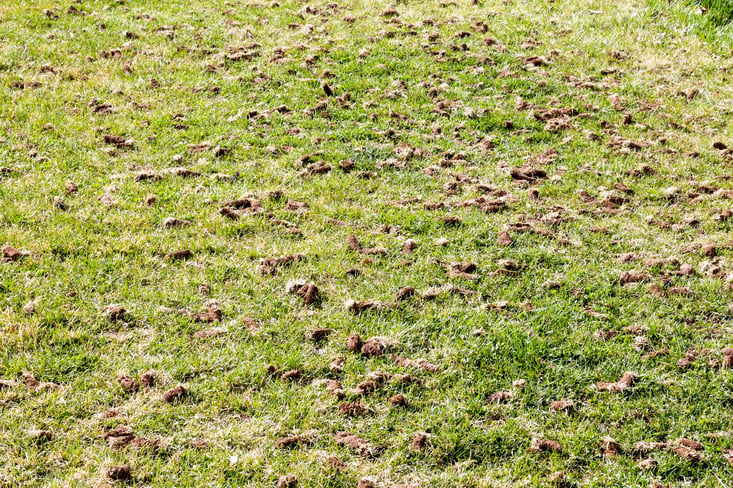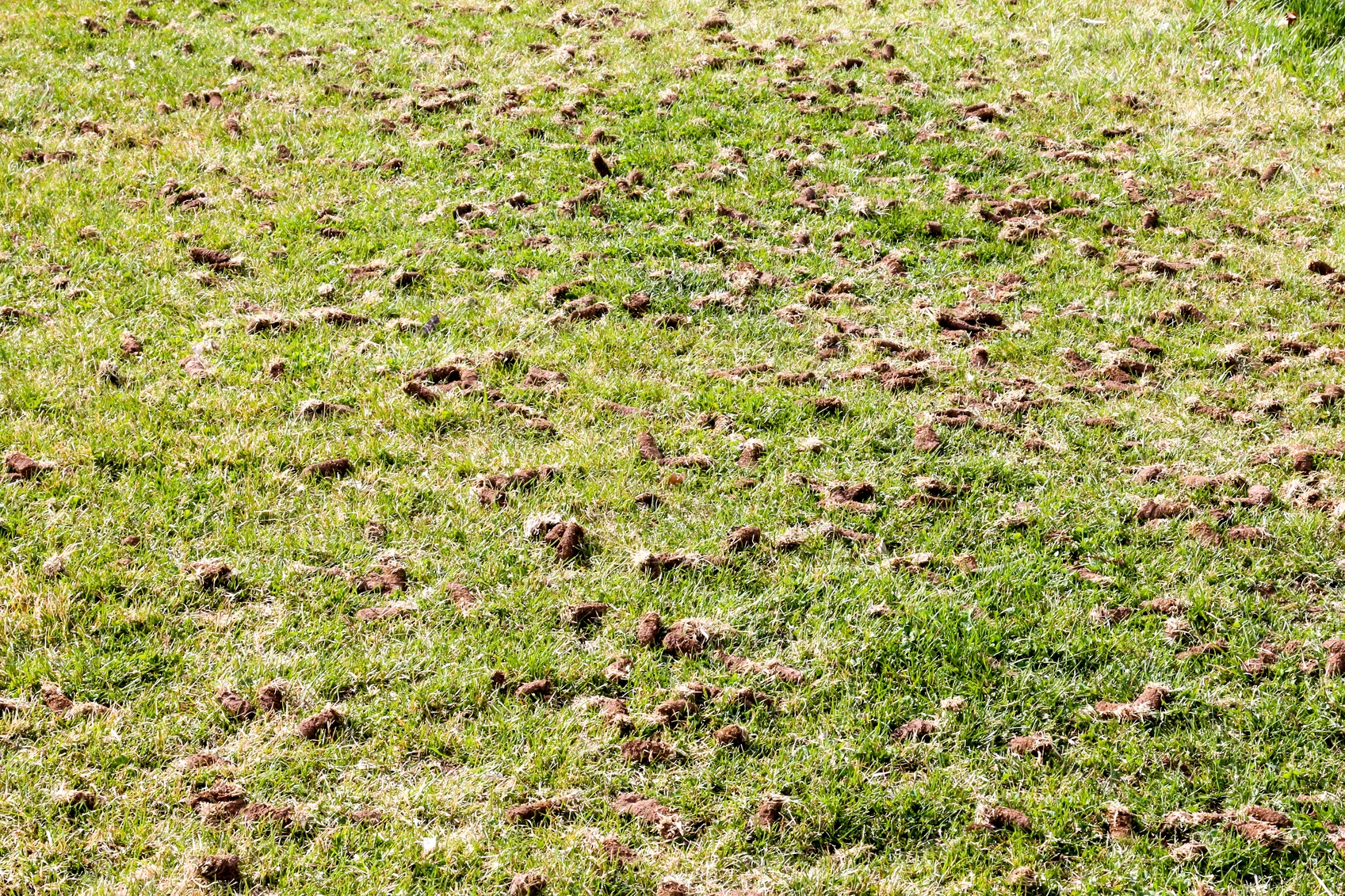
Soil compaction is a sneaky enemy that can disrupt the effectiveness of your lawn maintenance services. The problem is, if you don't know what you're looking for, then soil compaction can be tough to recognize. Soil compaction is fairly simple to solve once you have detected it, however. Read on for tips from Nutri-Lawn Burlington to detect and combat compaction.
What is soil compaction?
Compacted soil is just as it sounds – soil that has compacted particles. Compacted soil leaves little room for air and water to penetrate into its depths, and the overall structure of your lawn weakens from being too tightly squeezed together. Your soil needs air, organic matter, water, minerals, and insects in order to maintain balance – a balance that is impossible to achieve when your yard is compacted.
Soil compaction comes from frequent foot traffic and pressure from machinery. It can also come from having a thick layer of thatch at the surface of your lawn. Both problems can be solved with Nutri-Lawn Burlington lawn maintenance services.
Recognizing soil compaction
There are a few hints that will direct you to the conclusion that your soil is compacted. The first is the feel of the lawn. A healthy balanced lawn feels slightly springy, while a compacted lawn will feel tough and hard. Pat or jump on the lawn, then try digging a trowel into the soil. If your trowel cannot enter the soil with ease, then you likely have compaction.
Next, look for areas of the lawn that are patchy or dead. Grass has a difficult time surviving in compacted soil, regardless of the quality of your other lawn maintenance services. In this area you may also find there's more run off from your irrigation, as the water cannot penetrate the soil easily. If these dead areas are in parts of the lawn that witness high traffic, it adds to the likelihood that your soil is compacted.
Trash the thatch
Thatch is the build up of detritus on the surface of your lawn, such as slowly decomposing grass clippings and other organic matter. Thatch suffocates your lawn and reduces the amount of nutrients that make it to your grass roots. Thatch also offers a perfect breeding ground for diseases and shelter for unwelcome insects, which will add to the amount of lawn maintenance services you'll need to keep a healthy lawn. If you have a layer of thatch, it's time to get rid of it to reduce compaction, prevent diseases, and eradicate pesky insects. Nutri-Lawn Burlington recommends dethatching in late summer or fall, however. So what can you do with your lawn maintenance services to help your lawn until you dethatch later in the season?
Core aeration
Core aeration also removes thatch if it is less than 3 inches. It will break thatch up, thereby preventing future build up. Aeration speeds up the decomposition process of existing thatch to help it turn into soil. It also allows fertilizers and water to enter your soil easier, rather than letting them to sit on the surface as thatch.
However, the main task of core aeration is to take out plugs of soil so that your lawn can breathe more easily. This reduces compaction by providing room for the particles to loosen up, and by creating entryways for water and air to infiltrate your soil so that your other lawn maintenance services don't go to waste.
Add a layer of topdressing
When all is done, the only thing left to do to eradicate soil compaction is to add a layer of topdressing. This will provide your lawn with the nutrients needed, and continue to loosen the soil by helping your lawn retain water.
Boost the health of your lawn this spring with expert lawn care services. Contact Nutri-Lawn Burlington today for your complimentary quote.






